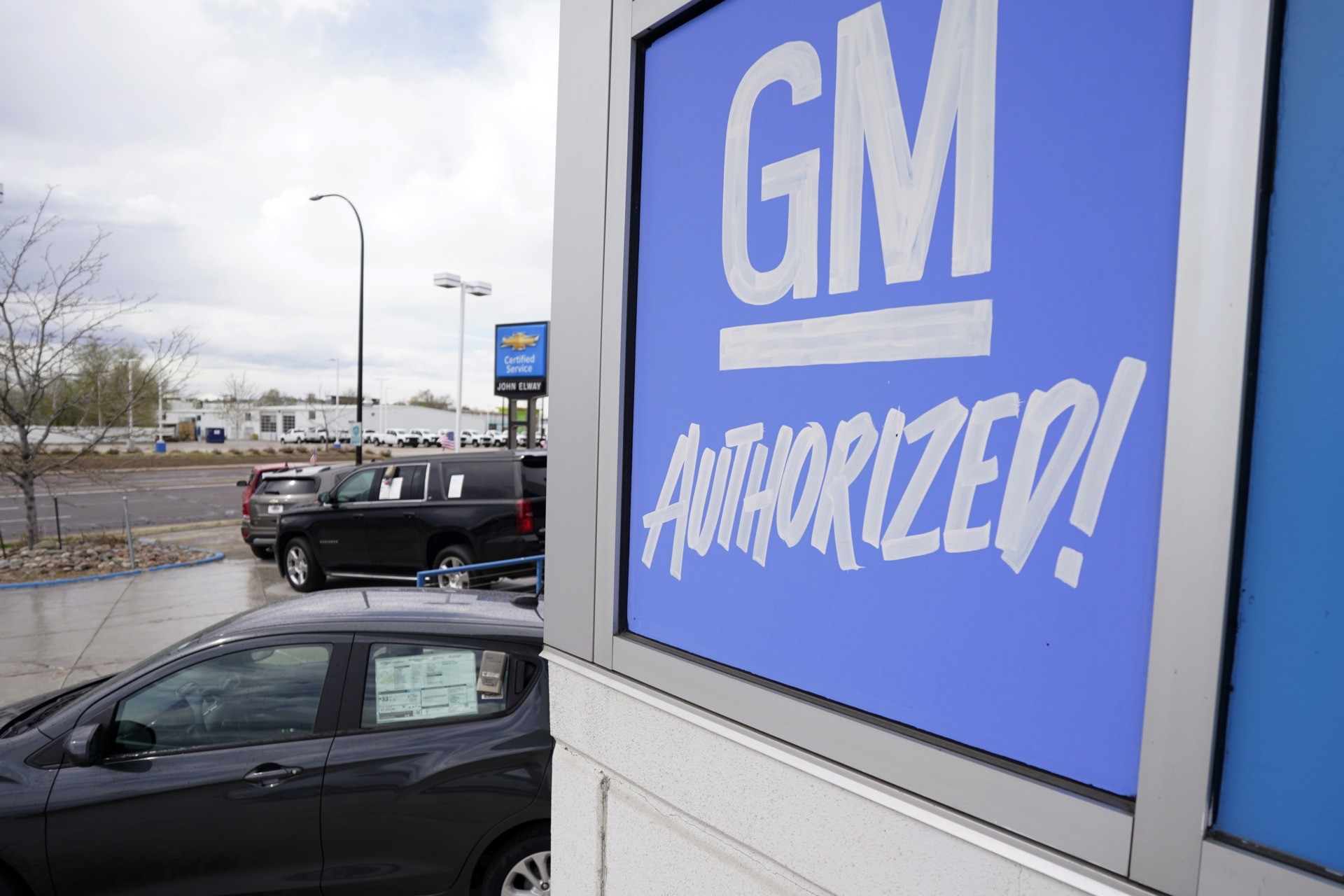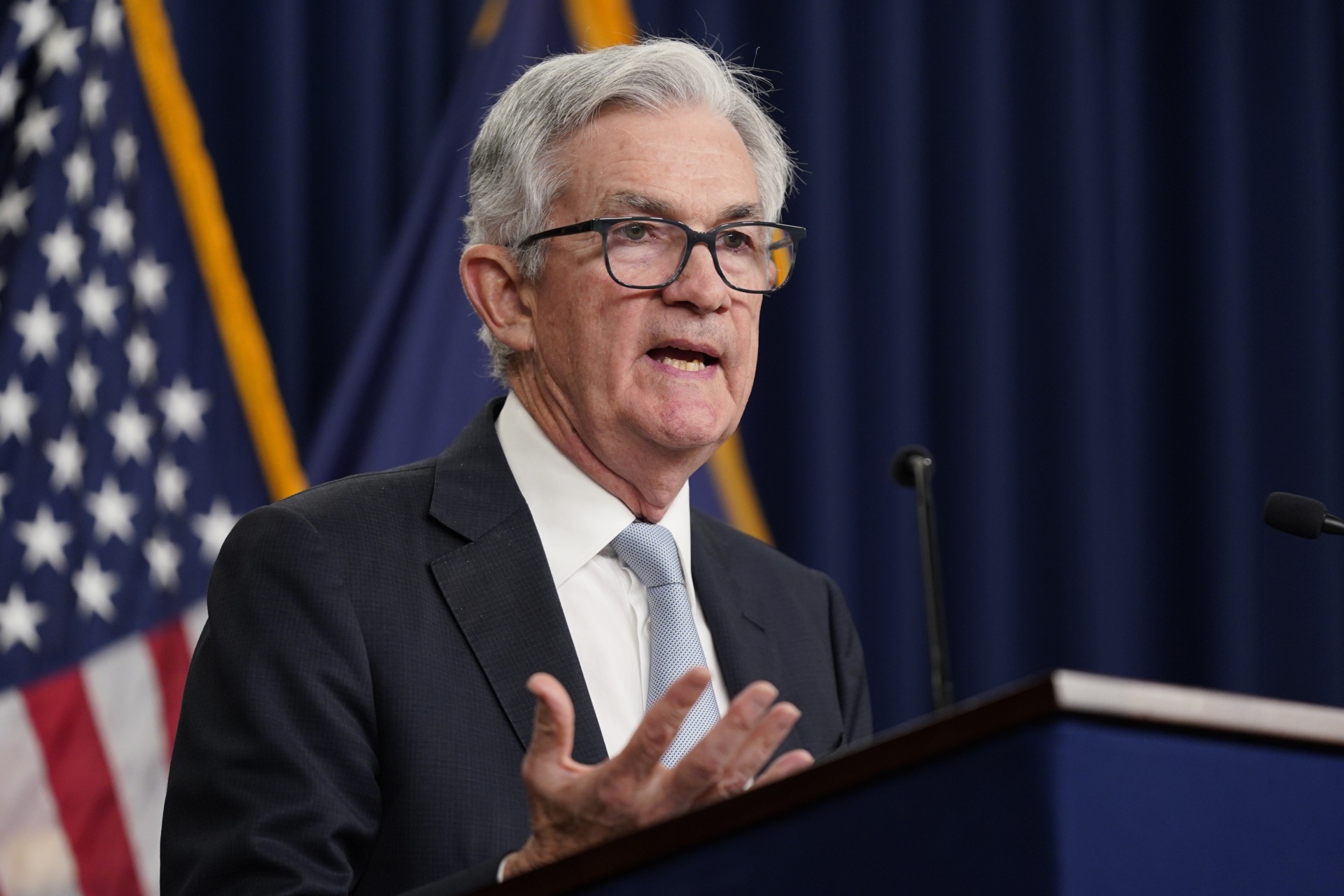Softer labor costs and a better-than-expected outlook from General Motors appear to have convinced markets that the crash test dummies of the U.S. economy might emerge relatively unscathed from what until recently looked to be a pretty serious collision with monetary policy.
The employment cost index (ECI), a broad barometer of wages and benefits produced every three months by the Labor Department, rose by just one percent in the fourth quarter, according to figures released Tuesday. This was slightly below the consensus forecast for a 1.1 percent rise and lower than the 1.2 percent rise in the third quarter.

This was the third consecutive quarterly decline in the ECI, a trend that is likely to be seen as somewhat reassuring to those attending the two-day Federal Open Market Committee meeting that began Tuesday.
Fears that 18 months of high inflation could lead inflation expectations to become “unanchored” were central to the Federal Reserve’s pivot to a hawkish stance last year. In the Fed’s view, prolonged inflation risks elevated consumer expectations for inflation that prompt demands for higher wages. The additional spending power in the hands of workers pushes prices higher, creating a so-called wage-price spiral that entrenches inflation at a high level.
The softer than expected ECI figure provides some comfort that—even though labor market conditions appear to be extremely tight—we are not seeing accelerating inflationary wage gains. The ECI is considered the “gold standard” of worker compensation measures because it adjusts for shifts in occupations and between industries and includes wages and benefits. Federal Reserve officials and their minion economists watch it very closely, making it an important indicator not just for where the economy is going but also for how monetary policy officials view conditions.
On a year-over-year basis, however, employment cost inflation is still extremely elevated. The headline figure is up 5.1 percent, which is an acceleration from the third quarter figure. Another measure which excludes incentive-based pay and is favored by Fed officials indicated deceleration.
Fed officials are likely to be a bit skeptical that this trend can continue in light of the tightness of the labor market. Unemployment is at 3.5 percent and is not expected to change much when the January jobs numbers are released Friday. The most recent jobless claims figures showed a further drop to 186,000, the second consecutive week with claims below 200,000. On a year-over-year basis, the ECI has been modestly up for two straight quarters. Until it stops rising, it is premature to declare victory over the threat of wage-growth fueling inflation.

GM Revs the Engines
General Motors had a very good year that ended with a surprisingly strong fourth quarter. The company said it earned $2 billion in net profit in the fourth quarter, handily beating analyst expectations and up from $1.4 billion in the fourth quarter of the prior year. GM made $14.5 billion in pre-tax profits for the full-year, a record high.
Sales were up 28 percent to $43.1 billion, indicating that the company has managed to overcome the microchip shortage and other supply chain problems that have been a drag on the sector for the past two years. Sales in North America were well above analyst forecasts despite some consumer surveys suggesting that inflation was forcing households to cut back on major purchases. Analysts estimate that GM’s North American production rose by 37 percent in the fourth quarter compared with the period a year earlier.

A General Motors sign hangs on the side of a Chevrolet showroom in Englewood, Colorado. (AP Photo/David Zalubowski)
What really cheered investors, however, was the brighter-than-expected outlook. The company said it expects adjusted earnings before interest and taxes of $10.5 billion to $12.5 billion, topping the Wall Street consensus of $10.1 billion. Earnings per share are expected to come in between $6.00 and $7.00, above the estimate of $5.71.
While this sent shares up eight percent or so for the day, investors should be wary. These do not look like the kind of figures you would expect during a recession or even a below-trend growth year. They are not even just a “soft-landing” forecast for the economy. Instead they look like “no landing” at all. That is to say, GM appears to be fighting the Fed in its latest forecasts.
Can Powell Counter-Punch?
Fed Chairman Jerome Powell is likely to come out swinging tomorrow. We expect that he will want to deliver the message to financial markets, businesses, and American households that they are unlikely to succeed at preventing the Federal Reserve from significantly slowing down economic growth this year and softening the labor market—which the Fed thinks it must do to win a lasting victory over inflation.

Federal Reserve Chairman Jerome Powell speaks at a news conference following a Federal Open Market Committee meeting on November 2, 2022, in Washington. (AP Photo/Patrick Semansky)
“Financial conditions are now at the loosest level since March last year when the Fed began its rate-hiking campaign. Powell wants to reverse that trend, and this could be his ‘irrational exuberance’ moment. If we indeed get a stern ‘Jackson-Hole’ Jay tomorrow, then equities likely retrace a chunk of the January rally,” said Brian Overby, senior markets strategist at Ally.
On the other hand, Powell may no longer have the credibility he had last August. The market has thus far shown a striking willingness to “fight the Fed,” and those who have done so have profited handsomely over the last few months. Stern words may not be enough to ring the bell on this rally tomorrow.

COMMENTS
Please let us know if you're having issues with commenting.